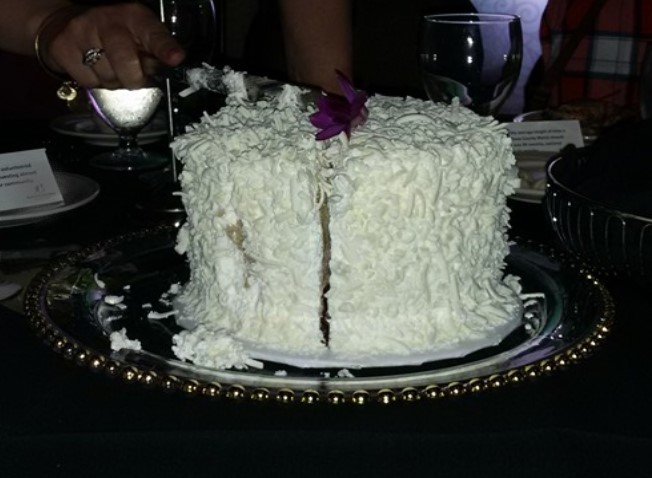Copyright is a form of intellectual property law. That means it protects the intangible aspects of a creative product that are fixed in a tangible form of expression. Specifically, it protects original works of authorship, which is defined pretty broadly to include literary, dramatic, musical, and artistic works, such as poetry, novels, movies, songs, computer software, paintings, sculpture and architecture. So yeah, you are can be an author of a building. Copyright doesn’t protect acts, ideas, systems, or methods of operation. Rather it protects the creative expression of many of these things.
However, Copyright, although broad, doesn’t cover everything. Copyright does not protect, for example:
- Ideas, procedures, methods, systems, processes, concepts, principles, or discoveries (Hello, patent!)
- Works that are not fixed in a tangible form (such as a choreographic work that has not been notated or recorded or an improvisational speech that has not been written down)
- Titles, names, short phrases, and slogans (Hello, trademark!)
- Mere listings of ingredients or contents (a/k/a recipes)
- Blank forms that are designed to record information
What does that boil down to? Copyright protects the creative output, not the thing that the output was recorded on. And it has to be creative. In other words, it protects the story, not the single copy of the book the story is printed in. It protects the painting, not the canvas.
Copyright provides the owner of copyright with the exclusive right to:
- Reproduce the work in copies or phonorecords
- Prepare derivative works based upon the work
- Distribute copies or phonorecords of the work to the public by sale or other transfer of ownership or by rental, lease, or lending
- Perform the work publicly if it is a literary, musical, dramatic, or choreographic work; a pantomime; or a motion picture or other audiovisual work
- Display the work publicly if it is a literary, musical, dramatic, or choreographic work; a pantomime; or a pictorial, graphic, or sculptural work. This right also applies to the individual images of a motion picture or other audiovisual work.
- Perform the work publicly by means of a digital audio transmission if the work is a sound recording
Copyright also provides the owner of copyright the right to authorize others to exercise these exclusive rights, subject to certain statutory limitations.
Put all together, that means if you didn’t write it, then you can’t make photocopies of the book and sell those copies. If you didn’t paint it, then you can’t take a photograph of a painting and make prints. You can’t cut and paste that photo on someone else’s website even if it is functionally possible to do so. However, if you did write, paint, or otherwise create it, you can protect your creative hard work as long as it is somehow recorded to be seen by someone else at a later date and time. You can control what is to be done with it whether it is done by you or others.



Comments are closed.